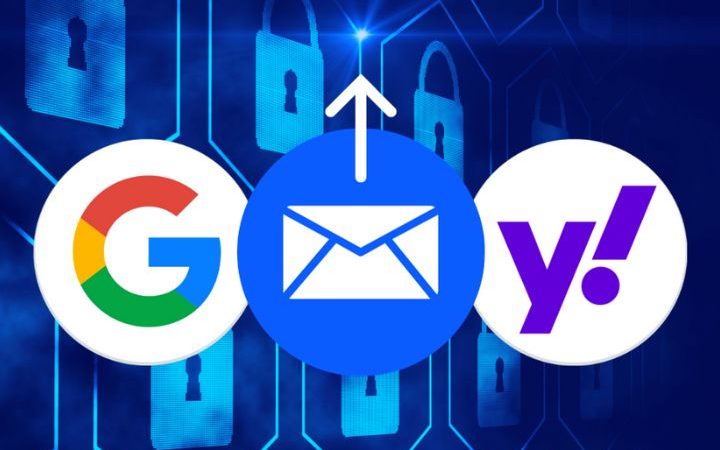Secure FTP for Remote Work: Enhancing Security in the Era of Telecommuting

The shift towards remote work has transformed the traditional workspace, introducing new challenges in data management and security. In this telecommuting era, the importance of secure file sharing and collaboration cannot be overstated. Secure FTP (SFTP) plays a vital role in ensuring that remote workers can share files safely, maintaining the integrity and confidentiality of sensitive business data. This article explores the significance of SFTP in remote work environments and how it enhances security in file sharing and collaboration.
Table of Contents
The Rise of Remote Work and Its Security Implications
The transition to remote work has been rapid and widespread, prompted by global circumstances and technological advancements. While remote work offers flexibility and potential cost savings, it also brings significant security risks, particularly in data transfer. Remote employees often need to access and share sensitive company information over the internet, and without proper security measures, this data is vulnerable to cyber threats like hacking, phishing, and data breaches.
Why Secure FTP is Essential for Remote Work
SFTP is a secure method of transferring files over the internet. Unlike traditional FTP, which transmits data unencrypted, SFTP uses the Secure Shell (SSH) protocol to encrypt data during transfer, ensuring that sensitive information cannot be intercepted or compromised. This level of security is crucial for remote work settings, where employees often connect to company networks via various, potentially unsecured, internet connections.
Key Benefits of SFTP in Telecommuting
- Data Encryption: SFTP provides robust encryption for data in transit, protecting sensitive information from unauthorized access.
- Access Control: With SFTP, businesses can implement stringent access controls, ensuring that only authorized personnel can access and transfer files.
- Audit Trails: SFTP enables comprehensive logging of file transfer activities, creating audit trails that help in monitoring data movement and detecting any unusual or unauthorized access.
- Compliance with Regulations: For businesses subject to regulatory requirements like GDPR, HIPAA, or PCI DSS, SFTP helps in maintaining compliance by securing data transfers and providing necessary audit capabilities.
Best Practices for Implementing SFTP in Remote Work
- Select a Reliable SFTP Solution: Choose an SFTP solution that is reputable and reliable. Platforms like https://www.goanywhere.com/solutions/secure-ftp offer a comprehensive suite of features tailored for secure remote file transfers.
- Train Employees on Secure File Transfer Practices: Educate remote employees on the importance of secure file transfer practices and how to use SFTP effectively.
- Regularly Update and Maintain the SFTP System: Ensure that the SFTP system is regularly updated and maintained to protect against emerging cyber threats.
- Implement Multi-Factor Authentication (MFA): Strengthen access security by implementing MFA, which adds an extra layer of protection against unauthorized access.
- Regular Audits and Security Reviews: Conduct regular audits and security reviews to ensure that the SFTP system is functioning as intended and that data is being transferred securely.
Conclusion:
In the era of telecommuting, Secure FTP has emerged as an essential tool for ensuring the safe transfer of files. By implementing SFTP, businesses can significantly mitigate the risks associated with remote file sharing and collaboration, protecting sensitive data from cyber threats and maintaining compliance with regulatory standards. As remote work continues to evolve, adopting secure file transfer solutions like SFTP will be crucial for businesses looking to safeguard their digital assets while embracing the flexibility of the telecommuting model.
Also Read: PDF Drive Book Downloader: A Digital Sonata of Reading Pleasure






